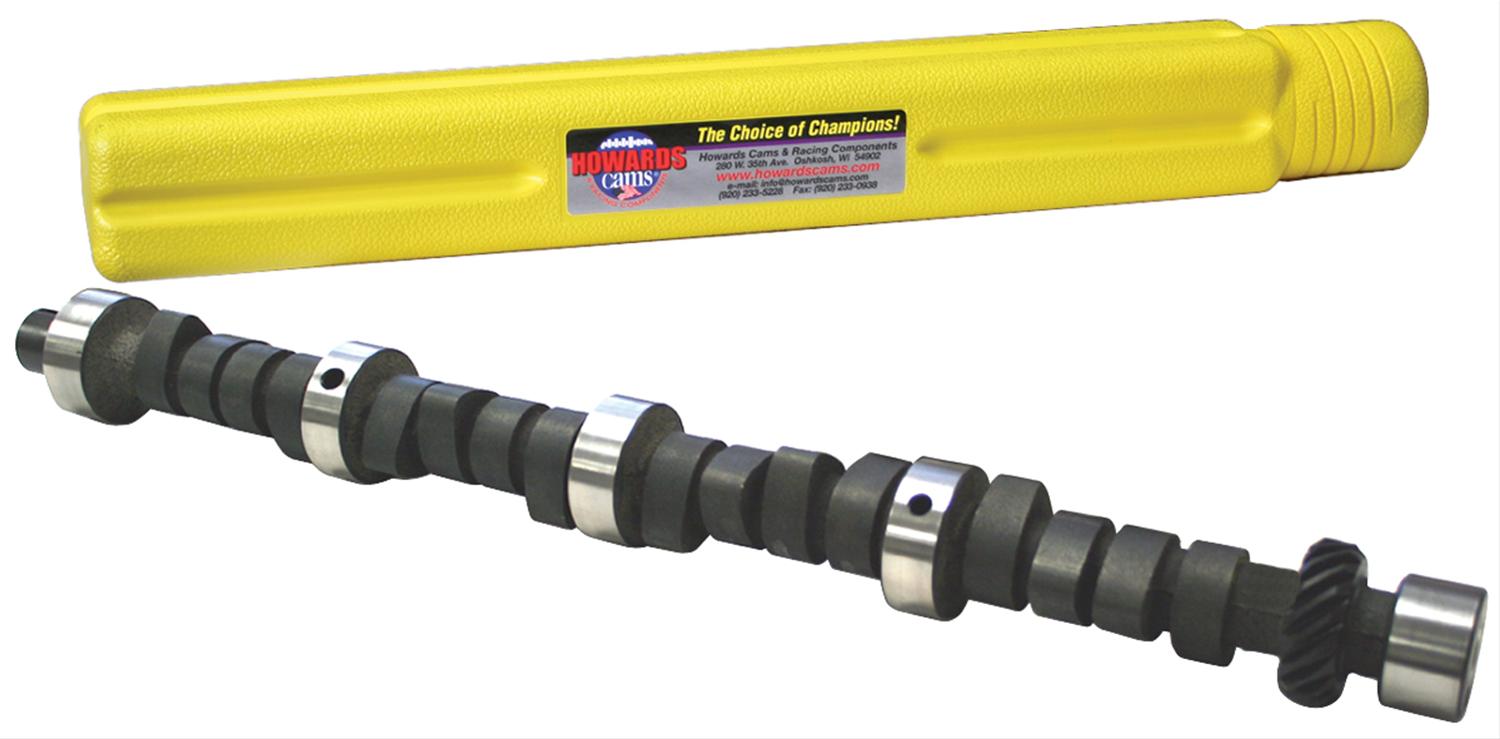I did not stumble on to him, I was eluded to him through this site. I listened to some of his video on YouTube.
He likes David Vizard’s formula for calculating camshaft lobe separation angle.
I found it interesting that he changed the formula for Cleveland heads and big block Chevy heads.
This lets me wonder how accurate the formula can be when head flow is not just across the board.
You move the initial number of “ 126” to “127” and that’s a big change.
Change the CID a little, no big deal. Same with valve size.
So ya, Cleveland’s and BBC flow pretty good so let’s use 127 or 128. I get it. Should a SBC or SBM be calculated at say 127 when running aftermarket ported heads according to this formula?
He likes David Vizard’s formula for calculating camshaft lobe separation angle.
I found it interesting that he changed the formula for Cleveland heads and big block Chevy heads.
This lets me wonder how accurate the formula can be when head flow is not just across the board.
You move the initial number of “ 126” to “127” and that’s a big change.
Change the CID a little, no big deal. Same with valve size.
So ya, Cleveland’s and BBC flow pretty good so let’s use 127 or 128. I get it. Should a SBC or SBM be calculated at say 127 when running aftermarket ported heads according to this formula?
Last edited:

















